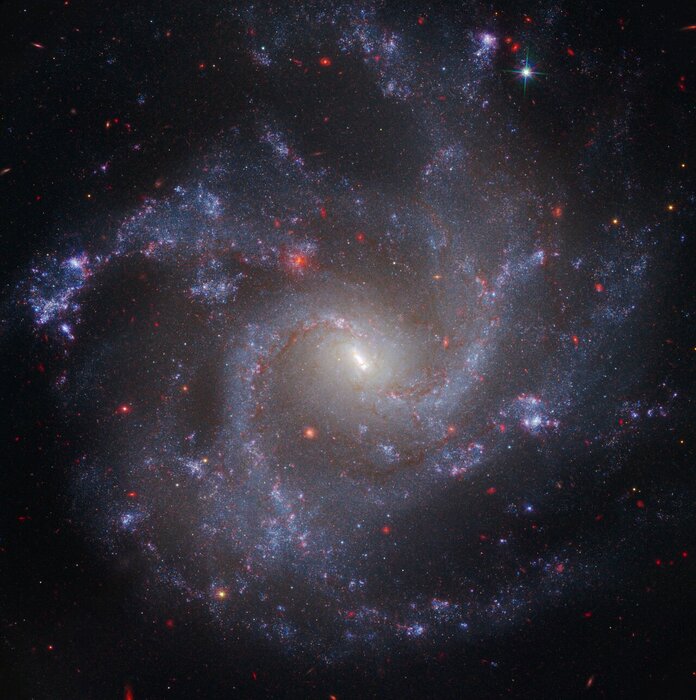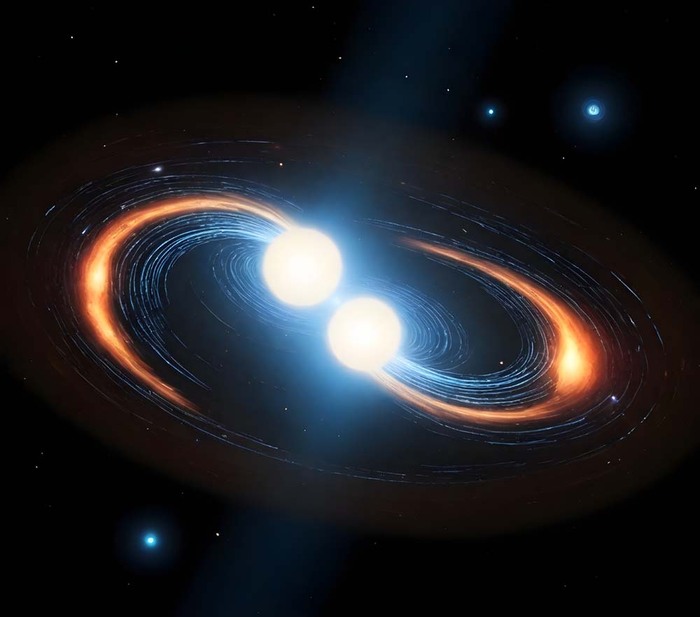Read the video transcript here
Allow me, Webb, James Webb.
This space telescope is intended to revolutionize our view of the universe.
The successor to "Hubble" has already cost ten billion dollars, and it should be able to look a hundred times deeper into space.
"Webb" is a joint project of NASA, Esa and the Canadian space agency.
If everything goes well, the telescope should launch into space on Christmas Eve with a European Ariane rocket.
From there it can look through cosmic nebulae, say the scientists - and into the past.
Its mirrors capture the light of stars that were formed more than 13 billion years ago.
In astronomical dimensions: shortly after the Big Bang.
Stephen Wilkins
Astronomer, University of Sussex:
“To look that far back, we need a very large telescope.
This is the only way we can collect enough light from distant galaxies. "
"Webb's" primary mirror is six and a half meters in diameter.
Its eighteen honeycomb panels are made of beryllium, a particularly light metal.
In order for the telescope to fit into the rocket, the mirrors are only allowed to unfold in space.
An extremely delicate process.
Stephen Wilkins
Astronomer, University of Sussex:
“You'd think it would be a moment of beauty and elegance when Webb unfolds.
But for the engineers it's terror.
More than 300 mechanisms have to work in perfect harmony with one another.
In the first month, while the telescope opens and cools down, the developers will have many sleepless nights. "
But then the scientists hope for a completely new look at the beginnings of the universe.
While »Hubble« has been providing spectacular images for over thirty years, »Webb« will mainly work in the infrared range.
In other words, a part of the light spectrum that is invisible to humans.
This enables the telescope to examine the atmosphere of distant planets on the basis of life.
Stephen Wilkins
Astronomer, University of Sussex:
“I think what above all stimulates my imagination: We could discover a planet with an atmosphere similar to that of the earth.
Perhaps that would not be an escape route for humanity.
But just the idea that we could find a planet that is similar to Earth, that is habitable - fantastic!
That would change our civilization. "
But first of all, the start has to work.
It has been delayed for years.
The last time it had to be postponed a few days ago because a clamp was loose at the spaceport in French Guiana.













